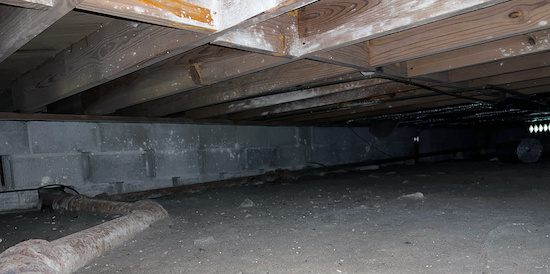QUESTION
I have a client that owns a home on Lake Ontario, N.Y. She is concerned about moisture coming from underneath the home and causing damage to the subfloor. Unfortunately, the folks at the tile store told her that a “breathable” substrate is best, and a waterproof material (i.e. DITRA) is not suitable.
I am confident that this is not true, nor is it really the concern of the tile installer. I am looking for some resources that would prove that uncoupling is suitable and using cement board will not provide any sort of advantage in this situation.
The subfloor is 3/4″ plywood over studs 16″ O.C. It appears to be wide open underneath (no siding, can crawl underneath), which is probably her concern.
ANSWER
You are correct that the moisture problem is not necessarily for the tile contractor to resolve for the owner.
The best way to correct any moisture concern is to mitigate the source of the water or water vapor away from the structure. This can be done in a variety of ways but usually requires the resources of an excavation or landscape contractor familiar with the local environment and drainage conditions and local code, etc.
If the concern is moisture permeating upward into a crawl space from the ground beneath the structure – this can often be mitigated by laying a 6 – 8 mil poly or similar durable vapor barrier over the soil then installing ventilation ducts (sometimes including fans) in the surround walls. The Journal of Light Construction (JLC) recently published an excellent article about this very topic. It is worth looking for at on their website: https://www.jlconline.com
A waterproof/vapor-proof barrier such as the uncoupling membrane you described is an excellent way to mitigate vapor or moisture that has passed through the substructure/subfloor. When the vapor passes through the subfloor it will hit the channel beneath the membrane and travel outward to the perimeter of the tile installation. This works great for a concrete substrate but there may be additional concerns for the wood subfloor/substructure in the installation you are describing. I suggest speaking with the uncoupling membrane manufacturer about this and following items 2 and 3 described above.







